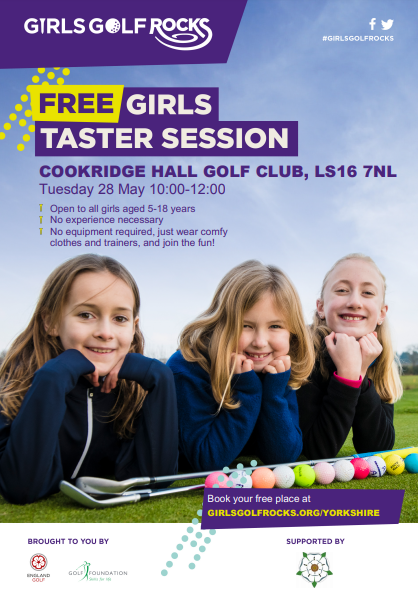Money Week – It’s party time!
Today, Year 4 took part in a Money Sense workshop. The children were asked to plan and organise a party.
Learning objectives:
• Identify what makes a good birthday party
• Plan and organise a party by making
decisions about what to include within
a set budget
• Identify costs and show an understanding
of value for money
For this lesson, we were joined by a volunteer from a bank. After hearing about her role, the children were able to ask our visitor some questions.
What’s it like working in a bank?
Do you need to be good at communicating with people?
How did you get into banking?
Why do people use banks?
Can people come to you for advice about money?
How is the bank, and its workers kept safe?
Year 4 worked in groups through a sequence of tasks. 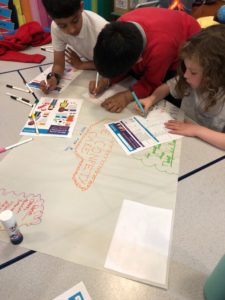
Firstly, they discussed some questions.
How can birthday parties be different?
How can they be similar?
What might people do at a birthday party?
What is the best birthday party you have
been to? Why was it so good?
Have you been to a party you didn’t enjoy?
Why didn’t you enjoy it?
Then, the class were encouraged to consider: 
Who will you organise a party for? Why did
you choose this child?
What type of party might they like? Why do
you think that?
What ideas do you have for a great party?
Why would these things make it a
great party?
Following this, how will we plan the birthday party?
When the groups had agreed a theme for their chosen child’s birthday party, they then needed to decide what will happen at their party and what they will need to provide to make it a success. Decisions were made as a group and roles were delegated.
What would you like to happen
at this party? Why?
What costs might be involved when organising this party?
How many people will you invite and how will you invite them? What is the cheapest way to do this? Why do you think that?
What will you give people to eat and
drink? Why?
Where could you buy the food and drink?
How will you know the best prices for the
items you need?
Where will you buy the cake? Will this provide
the best value? How do you know?
What type of entertainment will you provide?
How much will this cost? Could you have provided this entertainment any cheaper?
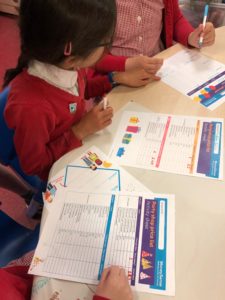
Using a price list activity sheet, each person had to fully cost the aspect of the party they were responsible for. As they were to be competing with the other groups, the children had to budget well to provide the best-value party. 
Finally, each group presented their work to the rest of the class. All the groups were under the given budget. Throughout this lesson, it was great to see some superb teamwork and lots of the children challenging themselves with the various mathematical calculations.
Walk to School Week competition update
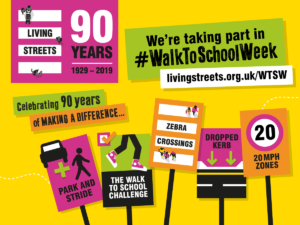
For pupils who are completing the #WalktoSchoolWeek story this week, as school is closed tomorrow, the missing words for Thursday AND Friday can all be found on Friday in the usual locations. Happy Walking!
Remember to bring in your completed sheet on Friday to be entered in the prize draw for four £10 vouchers.
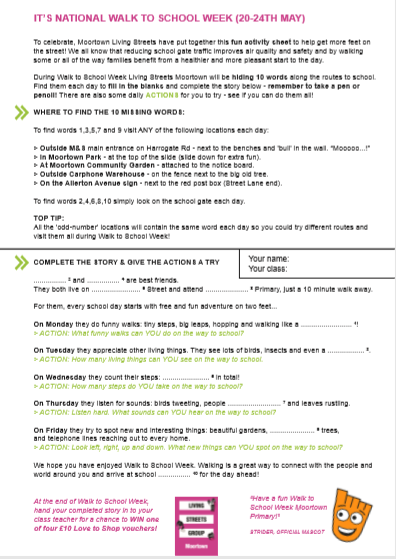
Big Pedal
Our involvement in the recent Sustrans Big Pedal initiative has been recognised in the latest Leeds City Council Influencing Travel Behaviour newsletter.
Thank you to all the schools who took part in The Big Pedal this year. An amazing 2299 schools across the country took part and 36 of them were from Leeds which is brilliant!
Well done to Moortown Primary School who came 38th out of 500 in the small school category!
It’s great to see such positive engagement in these active travel initiatives to ensure families have a healthy and active start to the day. Thank you to Moortown Living Street group for their support with our active travel initiatives.
Living and Learning: MoneySense
Over this week, we are holding MoneySense sessions for each class with support from volunteers from NatWest.
MoneySense is an impartial financial education programme that uses real-life experiences to help young people develop good money habits.
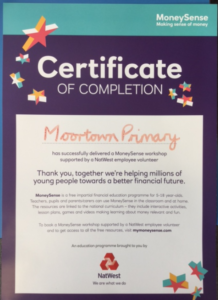
Catherine from NatWest, supported our ‘How we use money’ Year 1, 2 and 3 sessions yesterday and gave some great feedback.
Money Matters themed week – School Savings Club
As it is our Money Matters themed week, we are holding an information and paying in session tomorrow after school for the School Savings Club pupil accounts.
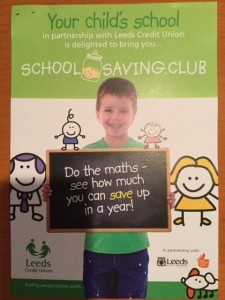
Jordan Francis, from Leeds Credit Union, will be available to give more details and hand out application forms for these pupil accounts. As there is not minimum deposit requirement, it is a great way for your child/children to learn the importance of money. Paying in sessions are held every half term.
As always, if you are unable to attend in person, please hand in any money to be paid in, to the office in a sealed envelope addressed to Mrs Tiffany.
Cricket finale
Today, we finished our cricket sessions with Tom from Yorkshire Cricket.
This final match allowed us to use all the skills we had learnt in our previous sessions – throwing, catching and batting. There was some great teamwork and communication on show as well.
A number of children commented they have started their All Stars local cricket sessions. These sessions allow the children to continue to develop the skills they have learnt at school.

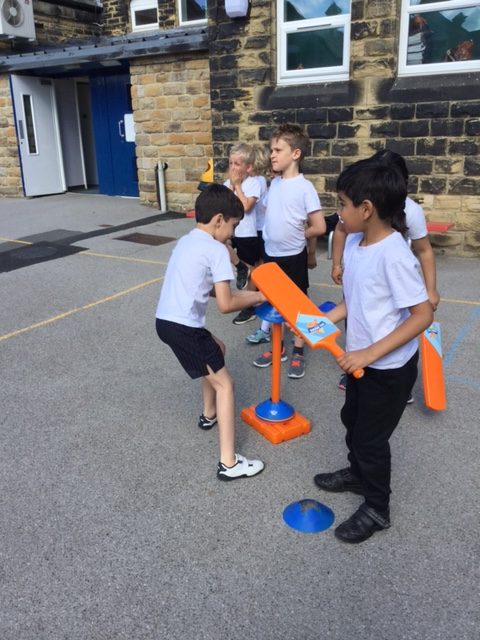


Living and Learning: How does our money help people?
HotShots was a great start to our themed week. Each child had three chances to get their fastest shot with lots of encouragement and supporting from the sidelines.
Well done to Shasmeen and Jack who were our fastest girl and boy shooters with speeds of 28mph and 39mph.
Thank you to children who have returned their sponsor form and money. Please return any remaining money by the end of the week. The money raised will be donated to our school charity, WWF.




Living and Learning: Saving the pennies
A big thank you to Mr Shine, our facilities assistant, who donated his collection of 1ps and 2ps to help to raise money for our school charity, WWF.
We’ve a team of money counters each day and today’s group were kept very busy.
Remember, pennies and two pence coins can be brought in all week ready for our money trail on Friday.


Living and Learning: Money Matters
Year 2 have had a busy start to our themed week. This morning, we welcomed Paul and Jane from Yorkshire Building Society to find out about needs and wants.
‘A need is something you have to have to survive.’
‘A want is something you don’t need but you like.’
‘Choice is to pick something sensibly.’
We also learnt an important message that different people have different needs and wants.




Leeds Gymnastics opportunities
Leeds Gymnastics, who run our Wednesday gym after-school club (some places are available), are holding their annual trials next month.

Girls Golf Rocks
Would your child like to give golf a try?
Here’s details of a FREE local project targeting girls golf taking place in the half term break.
